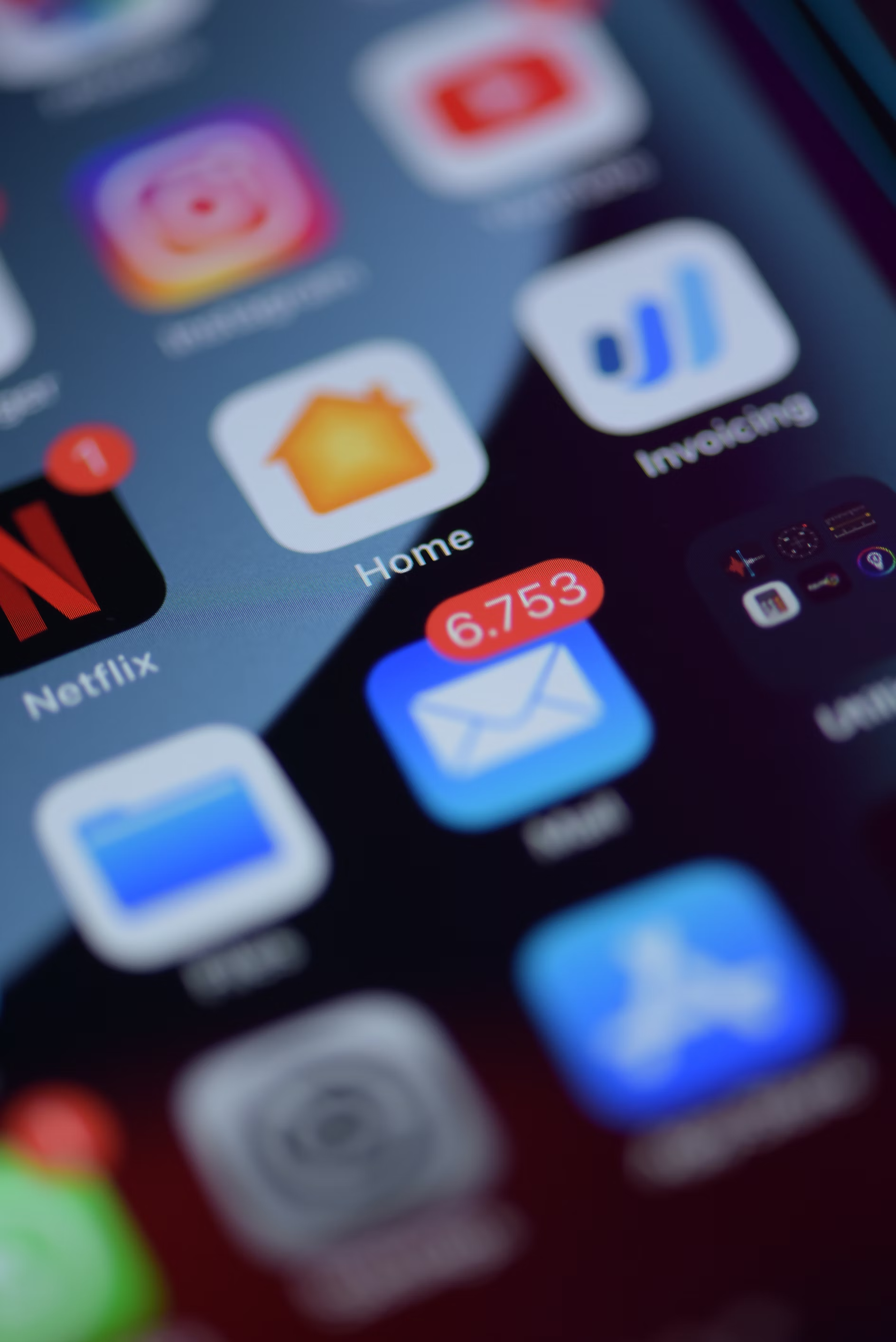4 Register, Purpose, and Audience

What do you see in the picture?
How often to you send emails?
How do you communicate with your friends versus your boss or teachers?
In this chapter:
You will learn how to effectively write emails in English by understanding the differences between formal, informal, and neutral styles. You will explore specific vocabulary and phrases suited for each style, participate in engaging group activities, and practice writing emails for various scenarios. By the end of this lesson, you will be equipped with the skills to choose the appropriate tone and language for any email, whether you are communicating in a professional setting, writing to a friend, or addressing a colleague. This knowledge will enhance your email communication, making it more effective and appropriate for different contexts.
Identity and Communication
Just like your culture can affect how you communicate with others, so can your identity! Some things that might change how you communicate with someone include:
- age (older or younger)
- shared language
- position (boss/employee, parent/child, worker/customer)
- how familiar you are with the situation/location
- how well you know the other person
- how much you have in common with the other person
Written Academic Communication
- Emails to professors and college/university staff
- Application letters for scholarships or admission to programs
- Discussion board posts
- Short answers in tests and quizzes (typically a few sentences to a couple of paragraphs)
- Assigned papers
Written Professional Communication
- Emails to work colleagues, managers, and other professionals
- Reports on work progress
- Cover letters and applications for jobs or promotions
- Emails or letters to customers
- Business marketing on social media
Vocabulary Presentation
Formal Vocabulary:
Greetings: Dear [Title] [Last Name],
Openings: I hope this email finds you well.

Requests: Could you please…, I would appreciate it if…
Closings: Sincerely, Best regards
Informal Vocabulary:
Greetings: Hi [First Name],
Openings: Hope you’re doing well!
Requests: Can you…, It would be great if…
Closings: Cheers, Best
Neutral Vocabulary:
Greetings: Hello [Name],
Openings: I hope you are well.
Requests: Please…, Could you…
Closings: Regards, Best wishes
Why Does This Matter?
Having strong skills in your academic and professional communication is very important for a lot of reasons.
It helps you succeed. Being able to write a strong application or cover letter for a scholarship, job, or admission into a competitive program will make you more likely to get what you want.
It shows other people you’re serious and capable. When you write professional emails and other forms of communication, you are letting your classmates, professors, colleagues, and bosses know that you take the time to learn how to do things and that you care about your work.
It can help you create strong professional relationships. If you know how to communicate clearly and effectively, you can more easily make connections with your fellow students or coworkers.
Exercises: Understand formal email structure
Greetings#1:
Dear (John),
Hello (Sue),
Greetings #2
It was good to see you last week.
It was very nice to meet you at the conference.
Opening Line:
I’m emailing to follow up on our conversation.
I’m contacting you regarding your proposal.
This email is to let you know that…
As I mentioned on the telephone…
Attachments:
I’m attaching some additional information.
I’m sending a budget outline with this email.
Closing:
I look forward to hearing from you.
Please don’t hesitate to call me if you…
Signing Off:
Regards,
Best regards,
Writing Email practice

